In the marketing world, understanding the target audience for mobile games is not just beneficial – it’s a game changer.
With billions of individuals worldwide playing these games, the mobile gaming industry presents a vast ocean of opportunities for game developers. However, navigating these waters requires more than just creating engaging content. It demands a deep understanding of who the mobile gamers are.
The spectrum is broad, from casual players indulging in their favorite mobile games during commutes to hardcore gamers dedicating hours to complex strategies. Identifying and analyzing mobile game statistics related to these players’ preferences and behaviors is key.
It allows you to tailor the marketing strategies and game designs to meet the nuanced demands of the target demographics, ensuring your creations resonate well within the global gaming community.
Importance of Identifying Your Target Audience
Identifying the mobile gaming audience is essential in a landscape where over 2.6 billion people are engaged, underscoring the extensive and varied market awaiting developers.
The process of pinpointing precise profiles of potential mobile gamers by knowing the mobile gaming demographics not only influences the game’s design and marketing approach but also significantly impacts various aspects of game development and deployment. These include:
- UX/UI design, which must resonate with the target audience’s preferences.
- The features integrated into the mobile app that cater to the expectations of the players.
- The monetization strategies and marketing plans that are most likely to succeed with the chosen demographic.
- The app’s scalability, which is closely tied to how well the target audience is defined and understood.
Mobile Gaming Demographics
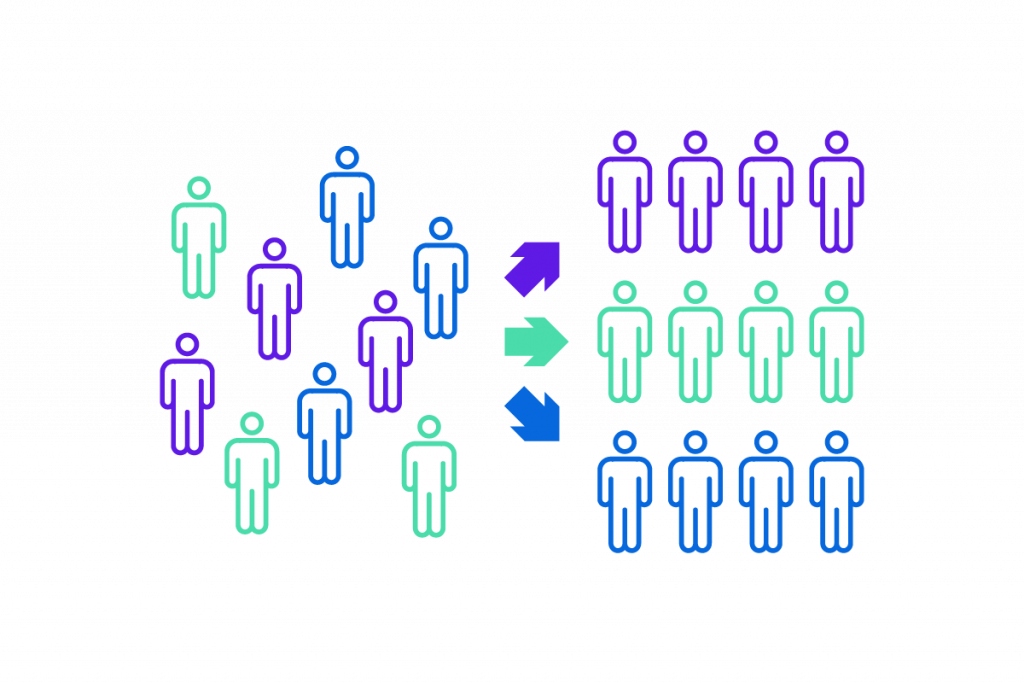
The exploration of mobile gaming demographics is a critical endeavor to select the target audience for mobile gaming apps. This process involves defining a diverse group of potential players using a variety of factors such as location, age range, gender, and mobile devices.
Remember, player demographics provide invaluable insights into the entire mobile gaming audience, revealing the diverse and multifaceted nature of those who engage in mobile games.
Age Groups
When defining age groups within the mobile gaming audience, it’s essential to recognize that the age range profoundly influences every facet of your app. From the features you integrate to the overarching app design, the age demographic you cater to will guide these critical decisions.
Notably, 32.7% of mobile gamers in the US are aged between 25 and 34, indicating a mature audience with specific preferences and gaming behaviors.
Understanding these age-related nuances ensures that your mobile game resonates with its intended audience, whether it includes younger players, mature female gamers, or any other demographic segment within the diverse mobile gaming community.
Gender Distribution
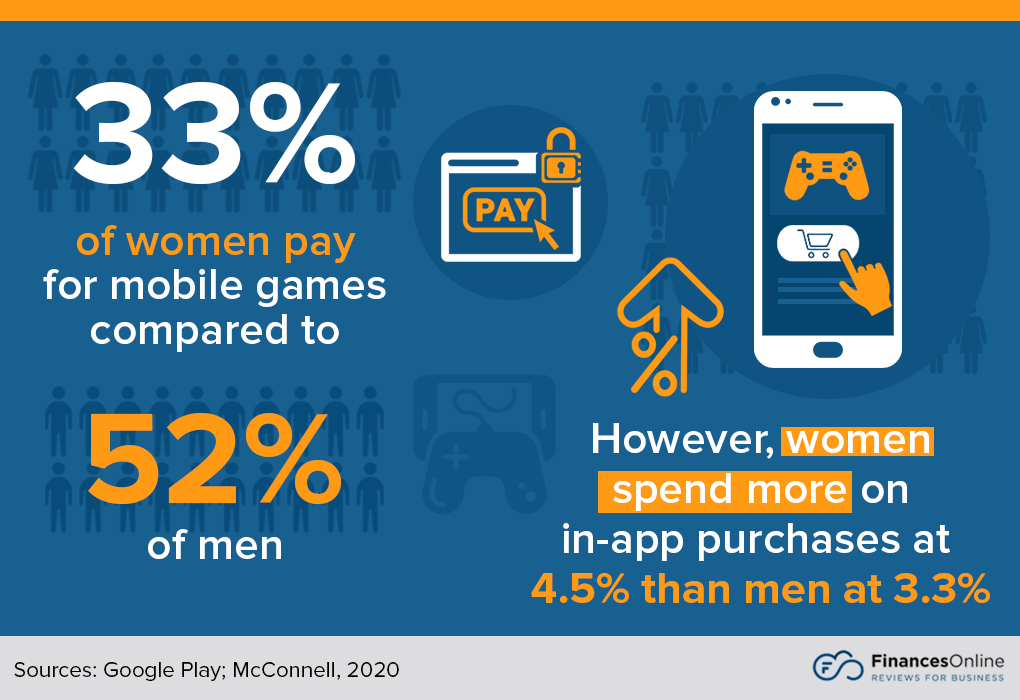
While the instinct might be creating games that appeal to all genders, strategically segmenting the audience by gender can enhance user engagement. The gender distribution is a critical factor to consider, with 42.3% of mobile game players being women, showing that a significant number of females play mobile games.
This segmentation acknowledges the unique preferences and gaming behaviors that often distinguish how men play from how women engage with mobile games.
By tailoring content to meet these diverse needs, developers can ensure that both segments find compelling and enjoyable experiences within the vast mobile gaming ecosystem, thereby enriching the gaming journey for every player involved.
Geographical Spread
The geographical spread refers to the locations of your target audience, which can range from localized areas within major cities to entire nations and, in many cases, spans multiple countries and regions.
For example, China boasts the largest population of mobile gamers, estimated at 563.7 million in 2021, highlighting the significant impact of regional preferences and cultural differences on mobile game trends.
Knowing this global audience segmentation is crucial for developers aiming to tailor their games to meet the tastes and preferences of players from different geographical backgrounds, ensuring wider acceptance and success in the international market.
Mobile Devices Usage
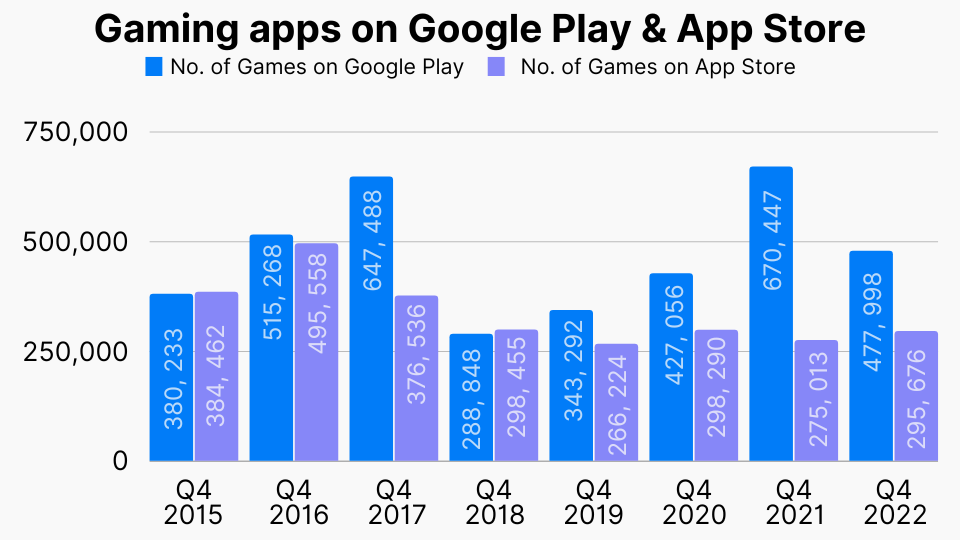
In mobile gaming, device usage is an important factor in effectively reaching your target audience. As of October 2022, about 51% of mobile gamers in the US played games on iPhones, while 40% used Android smartphones.
If your gaming app is exclusively available on iOS, it would be strategically unwise to target users of all devices. Tailoring your approach to both Google Play for Android or the App Store for iPhone ensures that your game reaches the most relevant audience. This targeting strategy enhances user experience and optimizes your mobile game marketing efforts.
Mobile Gaming Psychographics

Exploring the psychographics of the mobile gaming audience reveals deep insights into their spending habits and engagement levels.
Psychographics go beyond basic demographics to understand mobile game players’ motivations, preferences, and values. Developers and marketers must tailor their games and campaigns to meet audiences’ expectations.
These are the psychographic characteristics you can explore for better targeting strategies:
- Personality
- Lifestyle
- Social Class
- Habits
- Beliefs
- Behaviors
- Interests
Gaming Motivations
70% of gamers around the world have spent more time playing mobile games since the pandemic, so knowing your audience’s gaming motivations is key when you’re creating a mobile game. They influence how much time players dedicate to mobile games and what games they prefer.
These motivations vary widely, from seeking entertainment and relaxation to filling spare time. For example, 55.7% of mobile gamers play for fun, indicating that enjoyment is a primary driver behind gaming activities. Catering to these motivations can help developers create more compelling gaming experiences for mobile gamers.
Gaming Preferences
The preferences of mobile game players are diverse and reflect multiple interests and gameplay styles. Preferences can include game genres, gameplay mechanics, and the social aspects of gaming. Based on the mobile game statistics found in Udonis, these are the top genres by downloads in the US:
- Hyper-casual – 1.6 billion in downloads.
- Simulation – 617 million in downloads.
- Puzzle – 375 million in downloads.
- Action – 349 million in downloads.
- Match – 240 million in downloads.
- Tabletop – 218 million in downloads.
- Kids – 212 million in downloads.
- RPG – 166 million in downloads.
Understanding these preferences is essential for designing games that resonate with your audience and crafting messages that appeal to specific player segments.
How to Identify Correctly Your Game’s Target Audience
As we mentioned earlier, identifying the correct target audience for your mobile gaming marketing strategy is crucial. Unlike PC or console gaming, mobile games have the potential to reach a broader and more varied audience due to smartphones.
Let’s see the simple steps you can follow to correctly identify your mobile game’s audience.
What is Your Product’s Value?
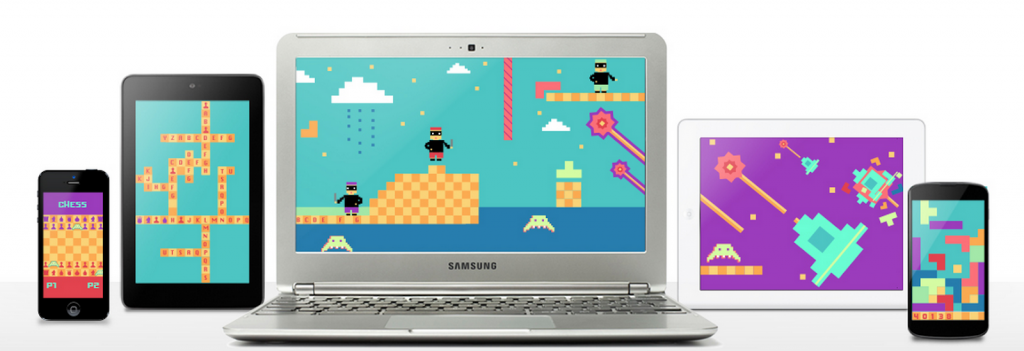
Before selecting your target audience, it’s important to grasp the unique value your game offers. Leading gaming apps in the mobile market distinguish themselves not just through gameplay but by how they resonate with players on a deeper level.
To ensure your game stands out among popular games and other video games, ask yourself the following questions:
- What is the stand-out feature my game offers in comparison to others?
- Will my potential customers find my mobile game more appealing than similar ones in the gaming apps?
- What factors will drive potential users to download and engage with my mobile game on their devices?
This introspection should happen early in the development process, ensuring that the value proposition is clear to you and your potential users.
Market Research
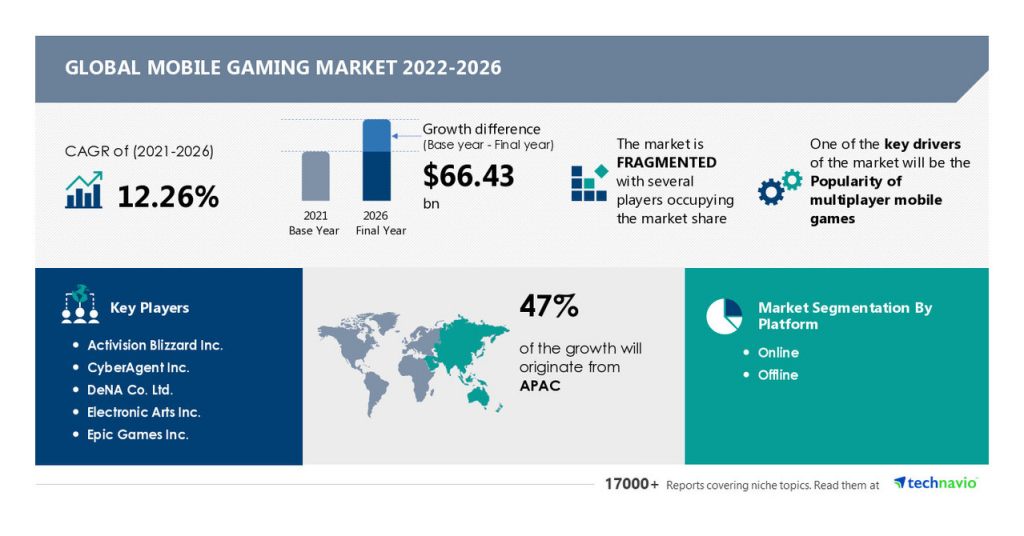
Of course, an indispensable step for developing your mobile game because researching the market will provide insights into the mobile gaming landscape, help you make informed decisions, tailor your mobile game to meet player expectations, and identify opportunities for innovation and differentiation.
Competitor Analysis
By analyzing your competition, you can discover who your rivals are and the performance of their gaming apps. Download and try their mobile games to personally experience them and note their strengths and areas of improvement.
This will help you craft your game in a way that addresses their weaknesses, making it more attractive to potential users.
Additionally, observe and analyze the marketing strategies employed by your competitors. This insight can inform your own marketing efforts, ensuring you effectively reach and resonate with your target audience.
Trend Analysis
Knowing the latest trends in mobile games is crucial for staying relevant. Whether it’s a surge in the popularity of casual games or a new feature becoming a staple in favorite mobile games, being aware of these trends can guide your game development. This knowledge ensures your game aligns with current mobile gaming interests, increasing its appeal to potential players.
Audience Segmentation
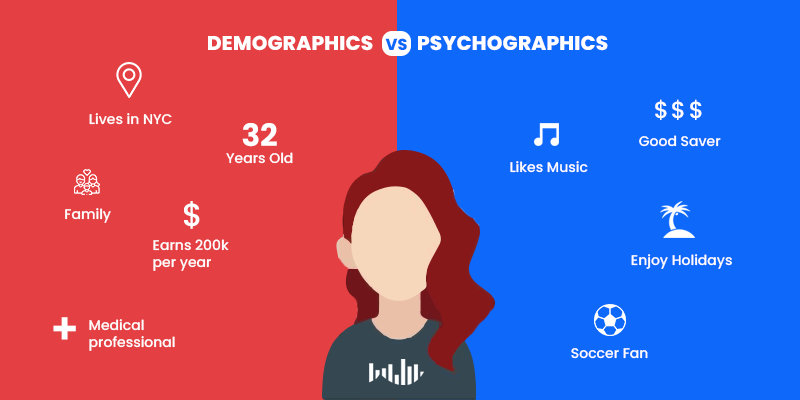
Here is where we combine demographics and psychographics, factors mentioned earlier in this article. Their insights allow for a nuanced audience segmentation. For instance, a strategy game might resonate with older, competitive players, while a casual puzzle game could appeal more to younger audiences or those seeking stress relief.
Device preference further refines this segmentation, guiding platform-specific features. Likewise, effective audience segmentation informs game design and advertising strategies when you want to promote your Android or iOS game.
Strategies to Reach and Retain Your Target Audience
Developing effective strategies to reach and engage your target audience is crucial in the competitive mobile gaming industry. These strategies should be designed to capture the attention of potential players, keep them engaged, and encourage them to become loyal fans of your game.
In-Game Advertising

Beyond incorporating in-app purchases for mobile gaming revenue, advertising is vital in every marketing strategy. You can integrate video ads or interactive ads directly into the game and offer player rewards such as in-game currency, special items, or additional lives in exchange for watching ads.
Ads must be seamlessly integrated to avoid disrupting the player experience. Video ads, for example, can be placed at natural transition points like between the levels or during loading screens.
Cross-promotion within mobile games is another effective strategy that leverages the existing user base of one game to introduce them to another. This can be particularly effective when you develop multiple games, ensuring that the audience’s preferences align.
Social Media and Influencer Marketing
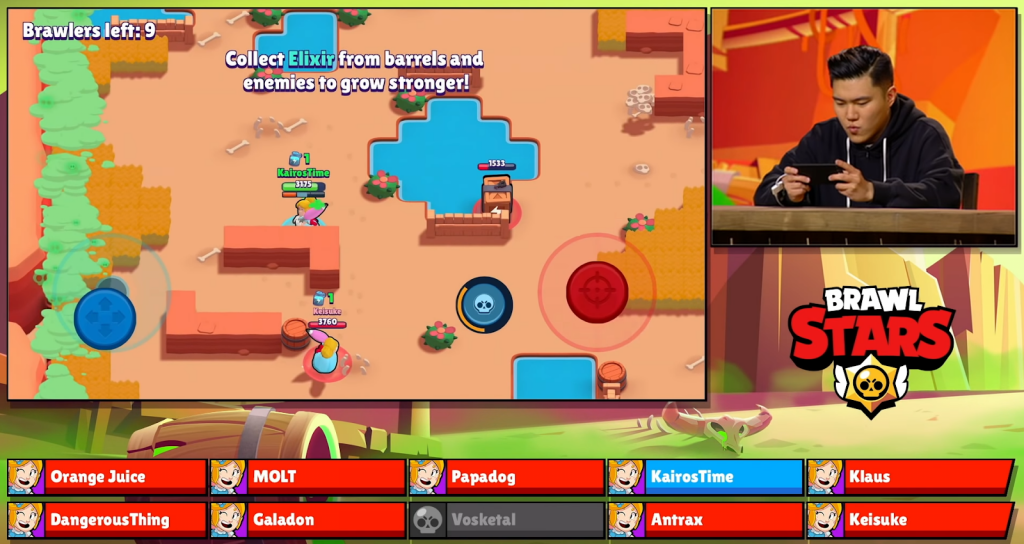
To boost your mobile game, incorporate social media and influencer marketing. This will help you to gain visibility in the crowded mobile gaming landscape.
Social media platforms like X, TikTok, Instagram, and Facebook allow you to connect directly with a vast audience of mobile gamers and create a community around your game. Likewise, they offer unique opportunities to showcase engaging content, live streams, and interactive posts, increasing reach and appeal.
Influencer marketing takes this a step further by partnering with prominent figures within the gaming community. Influencers, with their dedicated followings and trusted voices, can introduce your game to an engaged audience, providing authenticity and excitement that traditional advertising lacks.
An example of a successful collaboration between influencers and a mobile game was the campaign for Brawl Stars. The developers gathered 10 YouTuber influencers to make a series of live streams about the mobile game before it was officially launched. After they announced when the game would be released, over 5 million people signed up. Some of the big names in this campaign were Orange Juice Gaming, MOLT, and Powerbang Gaming, and one of these live streams has now more than 2 million views.
Localization and Personalization
Localization goes beyond mere translation, involving the adaptation of content to meet cultural norms, values, and language nuances of different regions. This approach ensures that the game feels native to players from various parts of the world, enhancing the players’ gaming experience and connection to the game.
Pokémon Go truly integrated localization by featuring real-world landmarks, like the White House in the U.S., and regional Pokémon appearances, like one named Comfey, which resembles a Hawaiian lei.
Personalization, on the other hand, tailors the gaming experience to individual players’ preferences and behaviors. This can range from customizable avatars and in-game content to adaptive difficulty levels and personalized recommendations.
A/B Testing
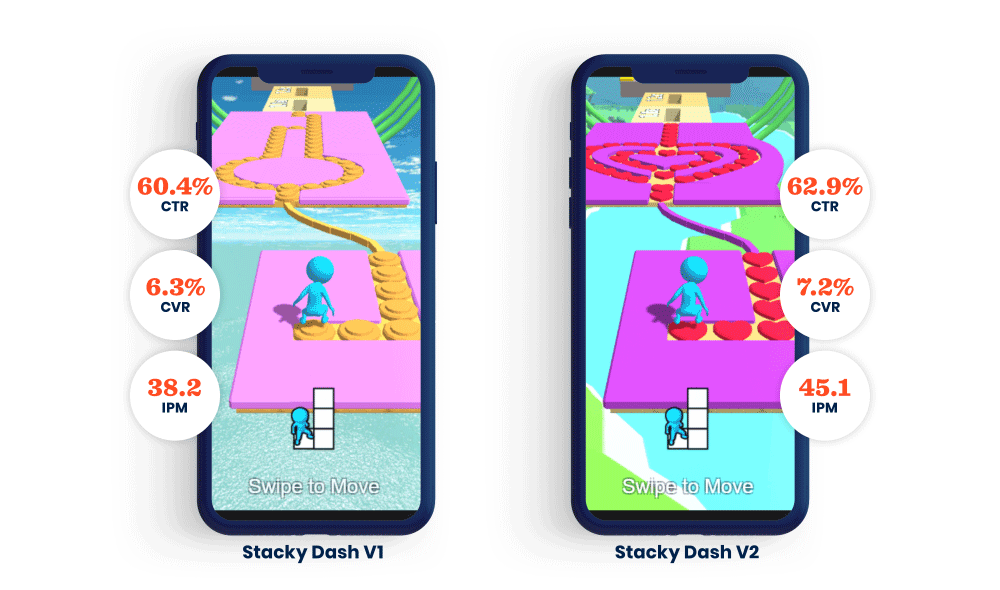
A/B testing is a systematic technique crucial in optimizing the mobile gaming experience and maximizing engagement and retention among mobile players.
This process involves comparing two versions of a game element to determine which one performs better in terms of player engagement, satisfaction, and in-game behavior.
You can apply A/B testing to various game elements, including user interfaces, character designs, level difficulty, in-app purchase options, and even ad placements. For instance, developers might create two different versions of a game with varying difficulty levels to see which one keeps your target audience more engaged and less likely to churn.
Similarly, two different reward systems for watching video ads could be tested to identify which one leads to higher ad engagement and, subsequently, increased revenue.
Data and Feedback
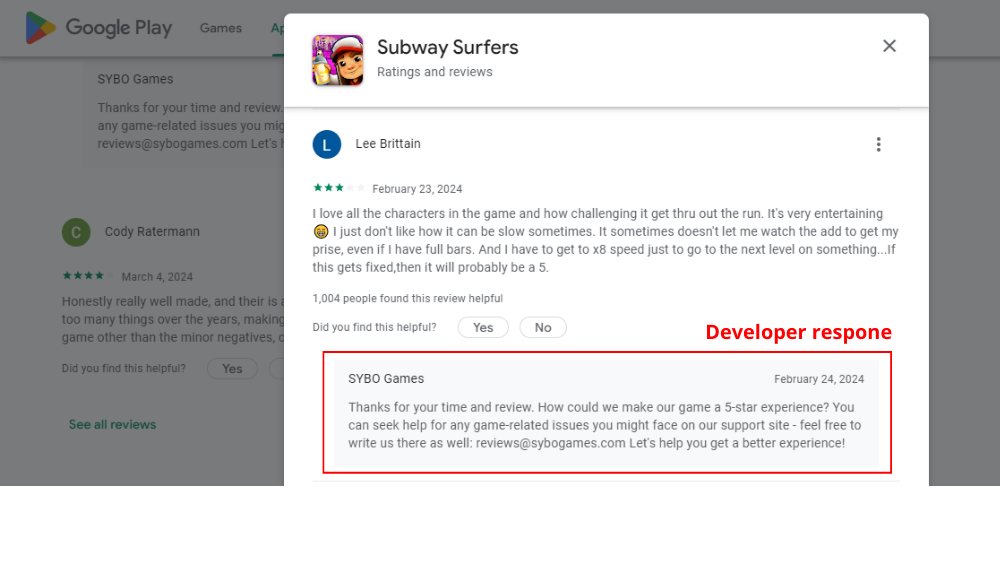
Once you launch your mobile game, leveraging data and feedback from your users will help you retarget and enhance your segmentation. This information will provide data on current player behavior, preferences, and potential areas for improvement.
Engaging with your community and paying attention to their feedback can lead to valuable iterations in your game, ensuring it remains aligned with player expectations and continues to satisfy and entertain your audience.
Mobile Game Successful Campaign Examples
Here are three mobile game marketing campaign case studies that earned millions of dollars and gained worldwide recognition through ads and targeting specific audiences.
1. Royal Match
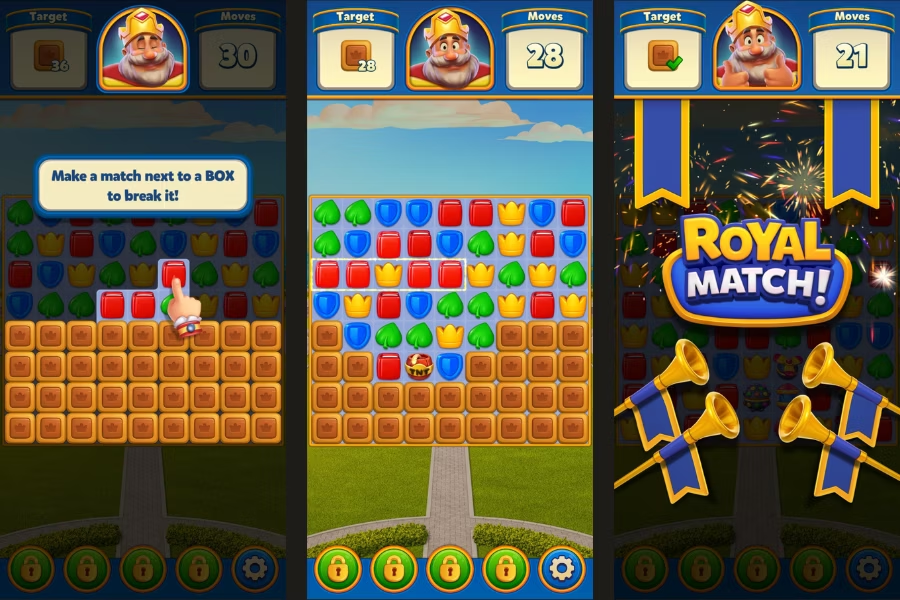
Regarding its campaign strategy, Royal Match leveraged an engaging ad marketing campaign to climb the ranks in the Apple App Store. The campaign utilized video ads and playable ads, often depicting a puzzle level where the player must rescue King Robert from dangerous situations.
The ads were designed to captivate a broad audience, appealing to puzzle game fans looking for engaging, story-driven challenges. The use of relatable scenarios and the incorporation of real people praising the game in ads added a layer of empathy, enhancing its appeal.
The campaign’s success is evident in the game’s impressive download numbers, surpassing 180 million on the Google Play Store, and its position as the top-grossing game in its category for Q3 2023, even outperforming giants like Candy Crush Saga.
2. Total Battle: War Strategy

Its campaign strategy is focused on video and playable ads to showcase the game’s strategic depth. Ads typically present gameplay scenarios where players navigate through choices that affect their army’s strength and weaponry, followed by a playable ad segment.
It targets enthusiasts and gamers who enjoy making tactical decisions. The ad’s interactive nature was likely designed to attract a demographic that values deep, thought-provoking gameplay.
These targeting strategies and types of ads contributed to the game’s success, with more than 10 million downloads on Google Play and nearly 1 million active users across platforms.
3. My Perfect Hotel
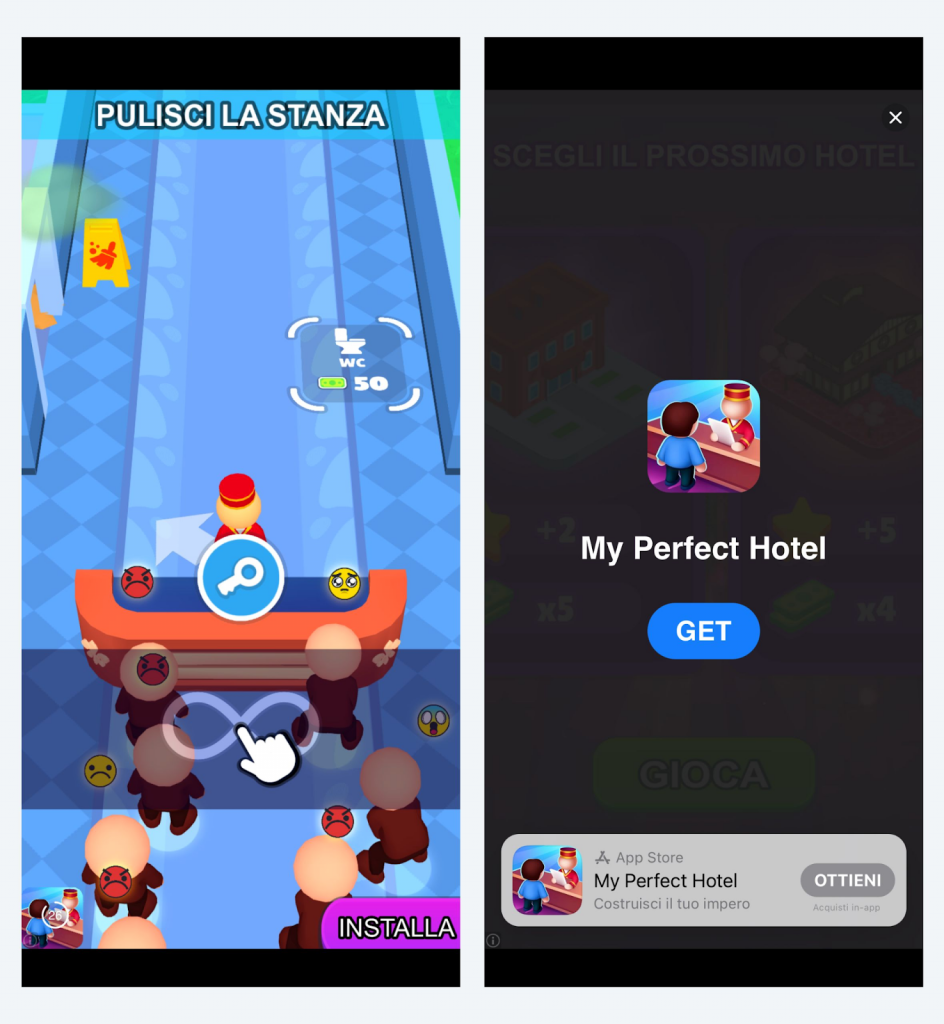
Developed by SayGames LTD, My Perfect Hotel’s marketing campaign heavily relied on playable and video ads. The playable ads were particularly emphasized, allowing players to immerse themselves in the hotel management gameplay for an extended period.
The game targets simulation and arcade fans, particularly those interested in management and incremental games. The ads were likely designed to appeal to players who enjoy casual yet engaging gameplay that involves strategy and planning.
The focus on playable ads and the seamless installation process contributed to the game’s widespread popularity, with over 50 million downloads and consistent top ranking in the simulation category on the Apple App Store.
Closing Thoughts on Mobile Game Target Audience
Choosing the right audience for your mobile game is key to success. The variety of players out there means you can tailor your game to fit what different groups like.
Getting to know and connect with the people you want to reach with your game can be a bit of a challenge. If you need help in developing or aren’t sure how to start promoting your gaming app, feel free to reach out to us at GamerSeo.
With our expertise, we can guide you down the right path and give you the support you need to make your game stand out and achieve the success it deserves.

A PPC specialist who started with organic social media. For several years, the core of his activities are:- Google Ads, Microsoft Ads, Meta Ads, TikTok Ads, Twitter Ads, Linkedin Ads. He has led campaigns with a global reach, e.g. for FootballTeam, G2A, ETOTO, as well as many smaller campaigns in the sports, construction and financial industries. Has full focus on ROAS. Privately, a fan of football, history of wars and Star Wars.

